Reese’s peanut butter cups are a classic human indulgence, but chocolate and sugar make them off‑limits for dogs. The Dog Mom Chef blog created a clever copycat that swaps chocolate for carob and uses coconut oil and dog‑safe peanut butter. Carob is derived from the pods of the carob tree; unlike chocolate, it contains no theobromine and is safe for dogs while still delivering a sweet, cocoa‑like flavour. This article explains how to make mini peanut butter cups that look adorable on Pinterest and keep your dog safe.
Why Carob Instead of Chocolate?
Chocolate contains theobromine and caffeine, both toxic to dogs. Carob tastes somewhat like chocolate but is naturally sweet, low in fat and high in fibre and calcium. Using carob chips ensures your dog gets the appearance of chocolate without the health risks.
Ingredient Breakdown
-
Creamy peanut butter – Dogs love peanut butter, but it must be free of xylitol and sugar. Peanut butter provides protein and healthy fats.
-
Carob chips – Use carob chips in place of chocolate chips. They melt similarly and firm up when cooled.
-
Coconut oil – Coconut oil helps the carob set and adds a silky mouthfeel. It is safe for dogs in small amounts and provides healthy fatty acids.
Equipment Needed
-
Microwave‑safe bowls or a double boiler
-
Mini cupcake liners or silicone moulds
-
Spoon or small spatula
-
Freezer
Step‑By‑Step Instructions
1. Melt the Carob and Coconut Oil
In a microwave‑safe dish, combine the coconut oil and carob chips. Heat for 20 seconds at a time to avoid burning. Stir between intervals until completely melted and smooth.
2. Coat the Moulds
Line a mini muffin pan with cupcake liners. Spoon a small amount of the melted carob mixture into each liner, using the back of a spoon to coat the bottom and sides. Place the pan in the freezer for a few minutes to harden.
3. Melt and Add Peanut Butter
In another microwave‑safe dish, heat the peanut butter until it becomes pourable. Use 20‑second intervals and stir to prevent scorching. Spoon the melted peanut butter into the centre of each coated cup. Return the pan to the freezer until the peanut butter firms up.
4. Seal with Carob and Freeze
Reheat the remaining carob mixture if necessary and spoon it over the peanut butter layer, ensuring the peanut butter is completely sealed. Freeze for a few more minutes until solid.
5. Serve and Store
Once firm, remove the peanut butter cups from the liners. Serve as an occasional treat; one cup is usually sufficient for a medium‑sized dog. Store extras in an airtight container in the fridge or freezer. They’ll keep for several weeks.
Tips for Success
-
Keep the carob mixture warm by setting the bowl in a cup of hot water.
-
Use silicone moulds for easier release.
-
Add a pinch of cinnamon or shredded coconut to the peanut butter for variety. Do not add sugar or chocolate.
-
Adjust the size of the cups depending on your dog’s size. Mini cups work for small dogs, while larger silicone moulds are suitable for bigger breeds.
Nutritional Considerations and Safety
Each mini cup contains approximately 92 calories, with 7 g of fat and 2 g of protein. Because these cups are calorie‑dense, serve them sparingly. Some dogs may be sensitive to fats; if yours has a history of pancreatitis or obesity, consult your vet before offering rich treats. Also, ensure your peanut butter doesn’t contain added salt or sweeteners.
Presentation Tips for Pinterest
To make these copycat peanut butter cups Pinterest‑ready, use colourful wrappers or silicone moulds shaped like bones or paws. Drizzle a bit of melted carob on top in a zigzag pattern for decoration. Photograph the treats on a wooden board with props like peanut shells or a jar of peanut butter for visual interest. Include your dog’s paw or nose in the shot for extra charm, and use keywords like “peanut butter dog treats” and “carob dog recipe” in the pin description.
Conclusion
These mini peanut butter cups are a safe, homemade alternative to chocolate sweets. By substituting carob for chocolate and using dog‑safe peanut butter and coconut oil, you can replicate a favourite human treat without risking your dog’s health. They’re quick to make, freezer‑friendly and adorable enough to attract Pinterest traffic. Remember to serve them occasionally and tailor the size to your dog. Share your creations on Dogcorner.net to inspire fellow dog parents to make their own canine confections.

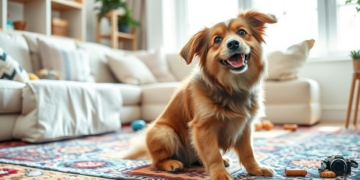

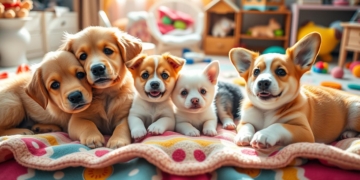
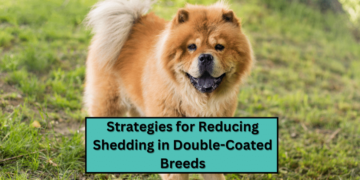







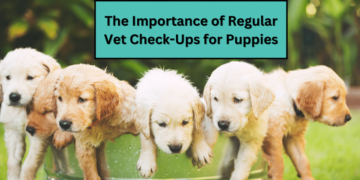
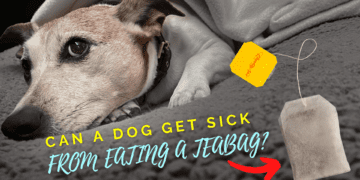







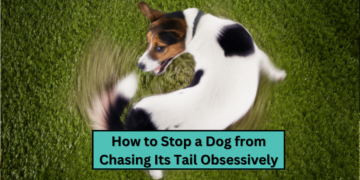











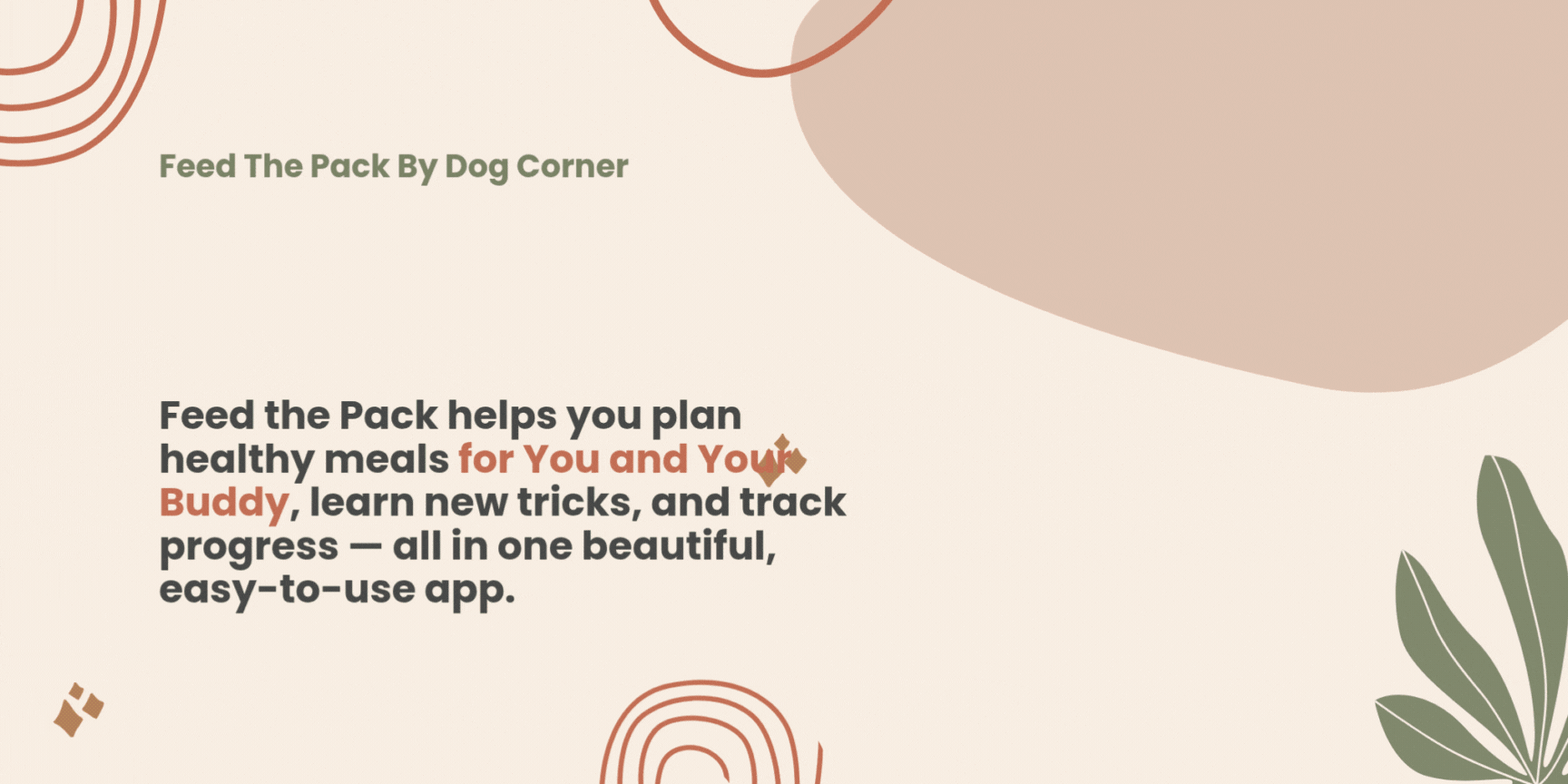
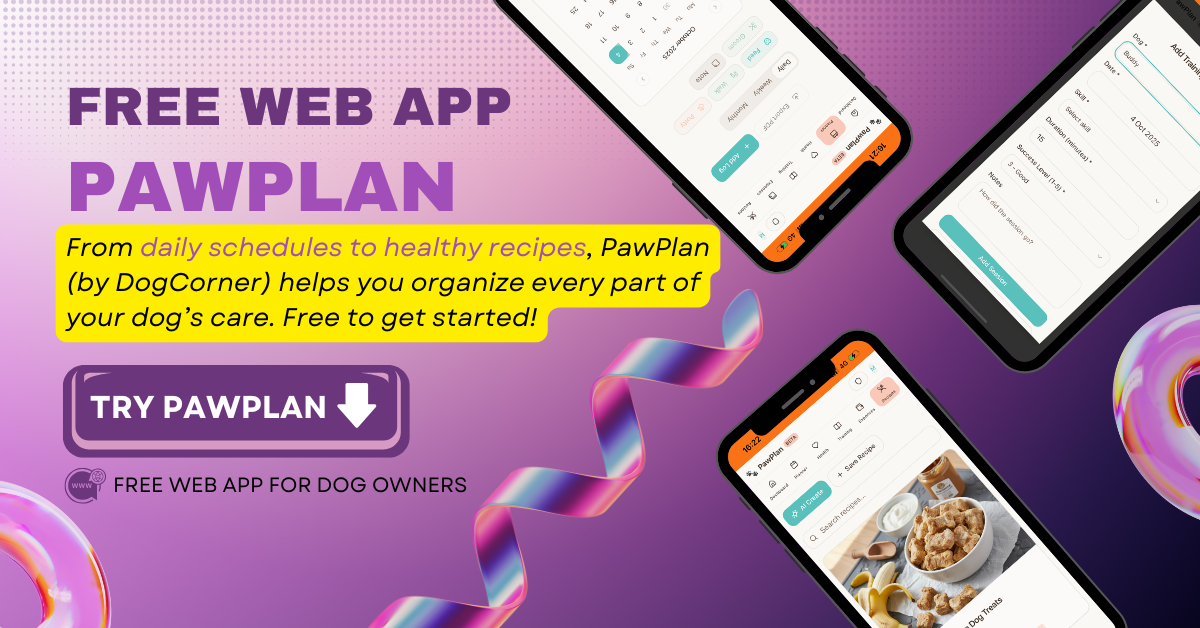
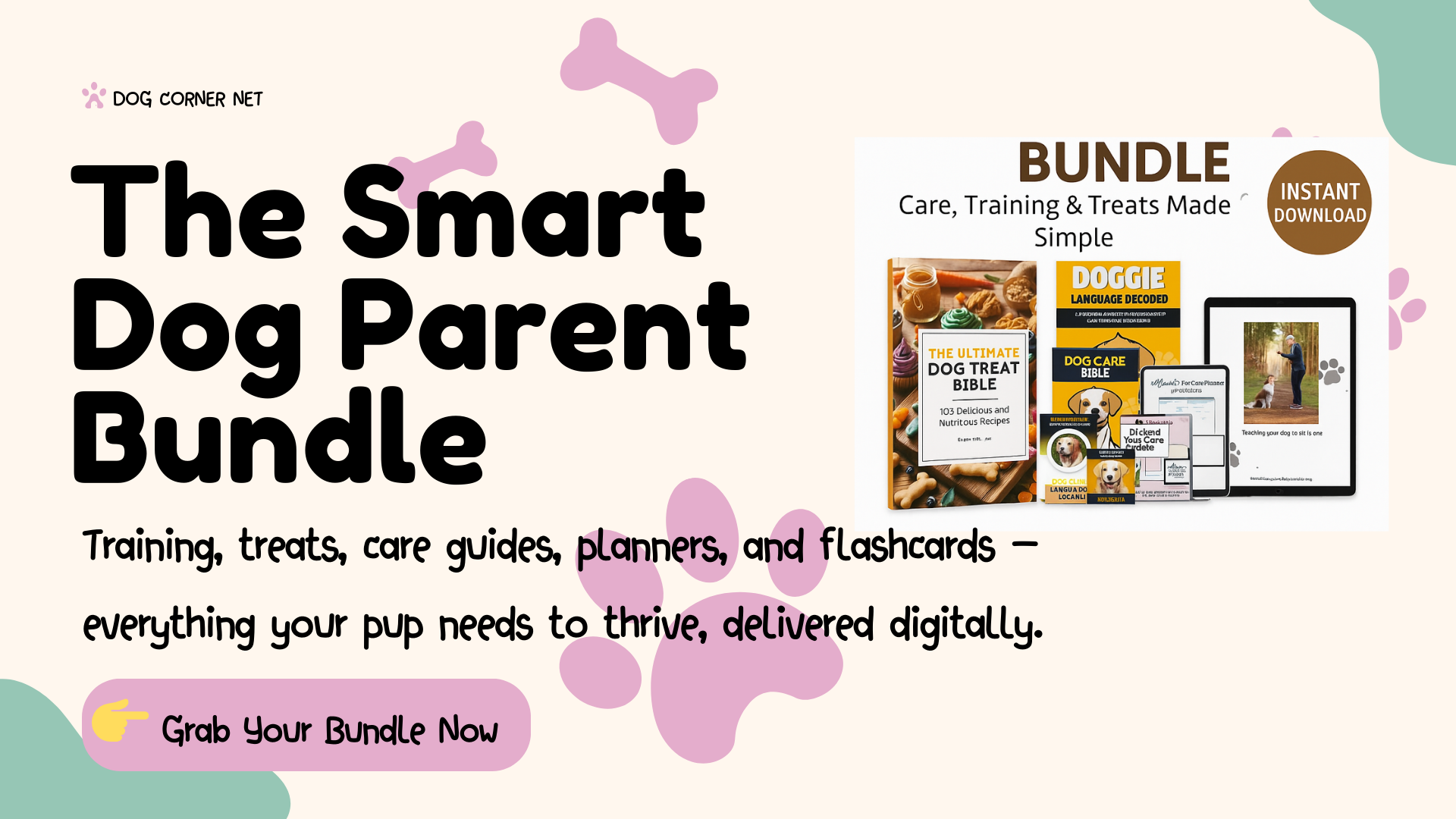

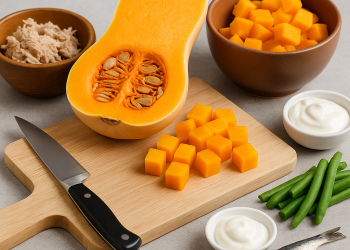












Discussion about this post